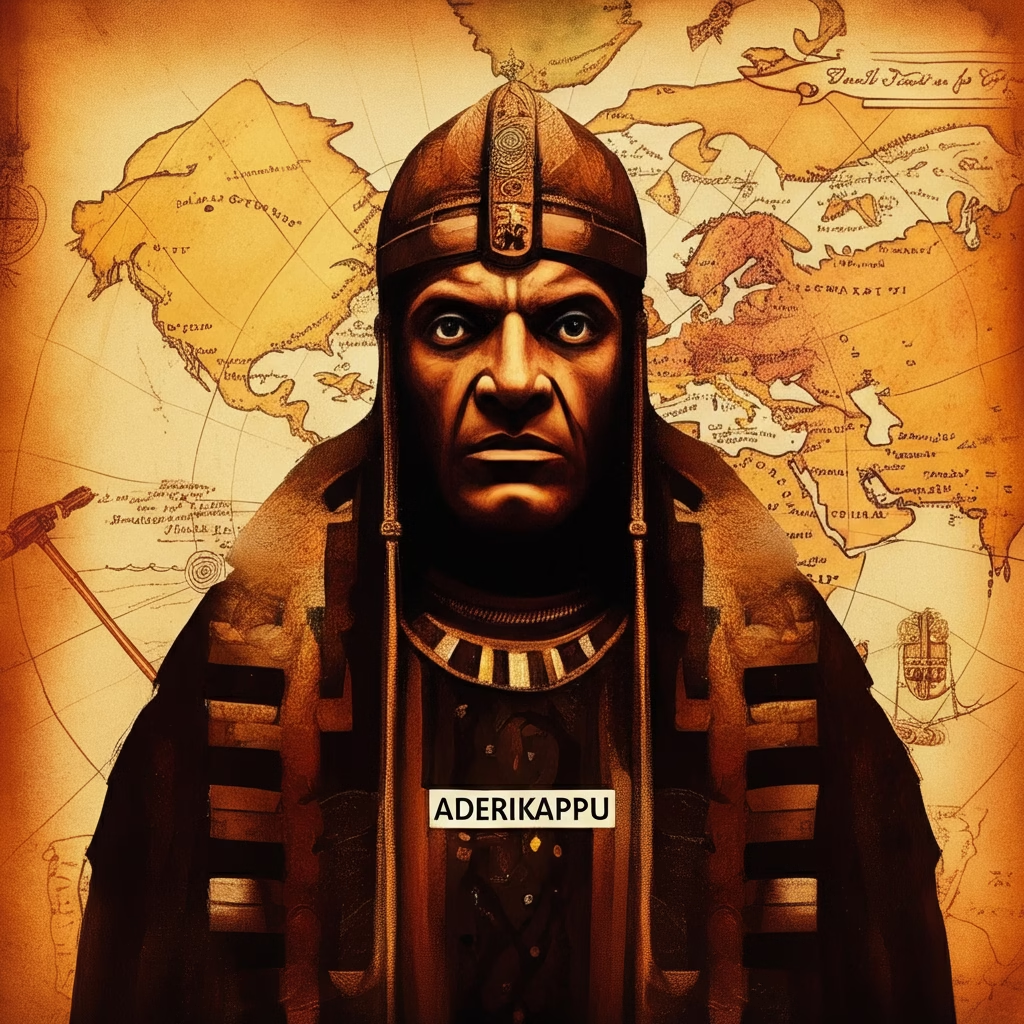Introduction
In the realm of linguistics and historical anthropology, certain words stand out due to their obscurity and enigmatic roots. One such term is Aderikappu—a word that has recently stirred curiosity among scholars and language enthusiasts alike. At first glance, Aderikappu seems like a constructed term, yet upon deeper exploration, it reveals layers of cultural, linguistic, and possibly ritualistic importance.
This article delves into the historical context and etymology of Aderikappu, exploring its origins, transformations over time, and its significance within various societal frameworks. We will examine its linguistic components, trace possible historical references, and analyze its evolution in both spoken and written traditions.
Etymology of Aderikappu
The word Aderikappu is a compound that appears to draw from multiple linguistic roots. It can be broken down into two potential components: “Aderi” and “kappu.”
-
Aderi
The prefix “Aderi” may trace its origins to Dravidian or proto-South Asian languages. In Tamil, “Aderi” could be a phonetic variant of “Adir” (அதிர்), meaning to tremble, quake, or reverberate. This could signify a form of emotional or physical intensity, possibly indicating a state of transformation or resistance.Another possibility is that “Aderi” is derived from the Semitic root ʿ-d-r, which in some dialects translates to strength or noble stature, potentially aligning it with themes of power or legacy.
-
Kappu
“Kappu” is more linguistically traceable. In Tamil and Telugu, kappu (காப்பு / కాపు) can mean protection, guard, or defense. It is a culturally loaded term used in various rituals, especially in rural South India, where protective charms or rites are called kappu kattudhal (tying the protection thread).
Putting these meanings together, Aderikappu might symbolically refer to “a powerful protection,” “a tremor of defense,” or even “a noble safeguard.” This interpretation aligns well with the term’s potential use in ceremonial or socio-cultural contexts.
Historical Context of Aderikappu
Though the word doesn’t feature prominently in mainstream historical texts, clues about its usage can be pieced together through oral traditions, folk rituals, and ancient inscriptions.
1. Ritualistic Use in South Indian Villages
In several rural communities of Tamil Nadu and Andhra Pradesh, kappu ceremonies are held before temple festivals. The village deity is invoked to provide kappu—divine protection against evil forces. A thread or talisman is often tied on participants’ wrists, signifying this protection.
In this context, Aderikappu may have evolved as a regional or esoteric term representing a more intense or urgent form of divine safeguard. Anecdotal evidence suggests it could have been invoked during periods of plague, war, or famine, where ordinary kappu was considered insufficient.
2. Possible Connection to Warrior Culture
There is also some evidence to suggest Aderikappu was used as a war cry or battle chant among certain regional militias or clans. Inscriptions dating back to the 13th century in parts of Karnataka and Tamil Nadu refer to “Kappukaran” (guardian or sentinel) as a title bestowed on warriors. The prefix “Aderi” in this context could denote those tasked with more aggressive forms of protection—possibly elite guards or shock troops.
The combination of “Aderi” (shake/tremble) and “Kappu” (protection) would then make sense as a term signifying fearsome protectors—those who instill fear while guarding their domain.
3. Philosophical and Religious Interpretations
In certain Siddha and early Shaivite texts, the idea of divine or cosmic protection is discussed at length. While Aderikappu is not directly mentioned, philosophical analogs can be drawn. For example, Anugraha (grace or divine favor) and Raksha (protection) are often linked in metaphysical texts.
Aderikappu might therefore be a folkloric adaptation of these spiritual themes—distilled into a single word meant to encapsulate the trembling awe of divine defense.
Linguistic Variants and Regional Adaptations
Over time, terms like Aderikappu are known to evolve phonetically and semantically, especially when passed down orally across generations.
-
In Coastal Tamil Nadu: Variants such as Adikappu or Adukappu are sometimes found, often referring to ancestral protection rituals.
-
In Karnataka and Kerala: Phonetic mutations like Adrikappu have been noted in folk songs and chants, potentially linked to spirit worship or nature-based deities.
-
Diaspora Adaptations: Among Tamil communities in Sri Lanka and Malaysia, derivative versions of the term may have morphed into completely new ritualistic expressions, signifying both protection and resistance.
Aderikappu in Modern Discourse
In recent times, the word Aderikappu has gained traction among cultural revivalists, linguists, and social media enthusiasts who are keen on preserving lesser-known traditions. It has been adopted in experimental theater, performance arts, and even pop culture as a metaphor for resistance, rootedness, and resilience.
-
Symbol of Protest and Empowerment
Modern activists, particularly in South Asia, have occasionally repurposed traditional terms as emblems of cultural identity. Aderikappu has appeared in graffiti art and spoken-word poetry as a symbol of indigenous resistance against oppression—drawing from its dual heritage of trembling (Aderi) and protection (Kappu). -
Digital Folk Revival
The rise of digital archiving platforms has brought attention to dying rituals and their vocabulary. Folk musicians and ethnographers have started including Aderikappu in their lexicons to describe hybrid forms of spiritual protest music or protective chants used in ceremonies. -
Academic Exploration
A few linguistic anthropology papers and university dissertations have started referencing Aderikappu as an example of cross-cultural convergence in Southern Asian languages. It stands as a prime candidate for words that embody both local ritual significance and broader human themes of safety, anxiety, and divine order.
Conclusion
Aderikappu is a term that lies at the intersection of language, culture, history, and emotion. Its etymological components suggest meanings of trembling, awe, and protective force. Historically, it could have served both sacred and martial functions—used in rituals to invoke divine guardianship or in battle to summon courage.
Though not widely documented in classical texts, its preservation through oral traditions, folk practices, and modern cultural expressions speaks volumes about its enduring resonance. Whether as a ritualistic chant, a warrior’s cry, or a poetic symbol of protection, Aderikappu continues to evoke a profound sense of identity, rooted in both fear and faith.
In the study of language, some words transcend grammar and syntax, becoming vessels for collective memory and cultural power. Aderikappu is one such word—a timeless echo of a people’s need for strength, safety, and spiritual equilibrium.


